Fans of Ercol’s iconic designs will love new sister brand L.Ercolani
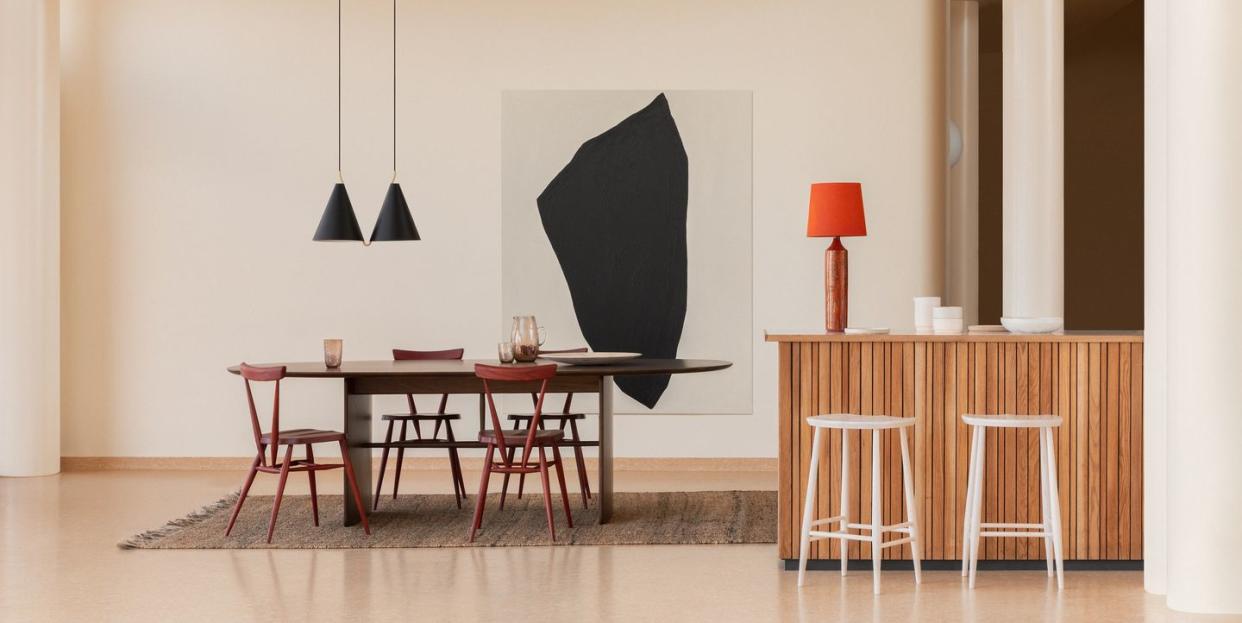
‘I grew up in a house full of Ercol – prototypes, unusual things made over the years,’ says Henry Tadros, great-grandson of Ercol founder Lucian R Ercolani.
‘Growing up with it is one thing, but hearing others’ experiences of the brand made me understand what it meant to a lot of people, and that set me on the path of “well, I have to do something with this”.’
That ‘something ’ has ended up culminating in L.Ercolani, a new brand launching this autumn, which will be home to Lucian Ercolani’s iconic designs from the 1950s (known until recently as the ‘Originals’ collection), along with contemporary pieces in collaboration with a line-up of international designers.
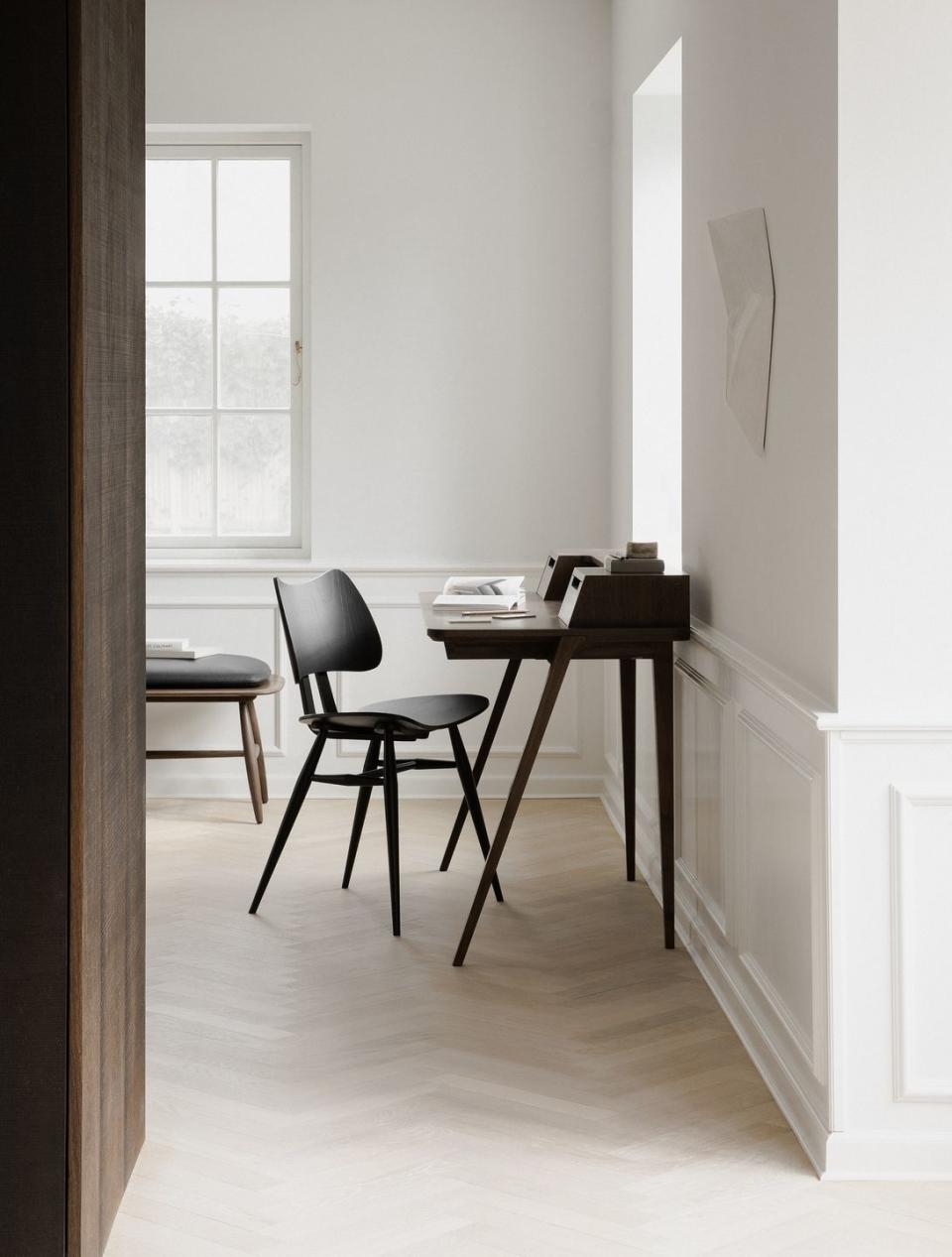
The move has been a few years in the making, says Tadros, director of L.Ercolani and international sales director for the family firm, which started to reissue classic designs in the early 2000s as the mid-century modern revival exploded.
Bestselling pieces include the sculptural ‘Butterfly Chair’ and the spindle-backed ‘Love Seat’, their distinctive forms markedly different to Ercol’s more mainstream collections from the 1980s, 90s and 2000s.
‘We just felt that [they] needed some clear division. Ercol’s trajectory was going oneway, so L.Ercolani gives us a bit more freedom to experiment,’ explains Tadros. And, as the company reaches its 101st year, it felt fitting, he says, to launch a brand ‘inspired by our founder, which is heavily influenced by his designs and way of thinking’.
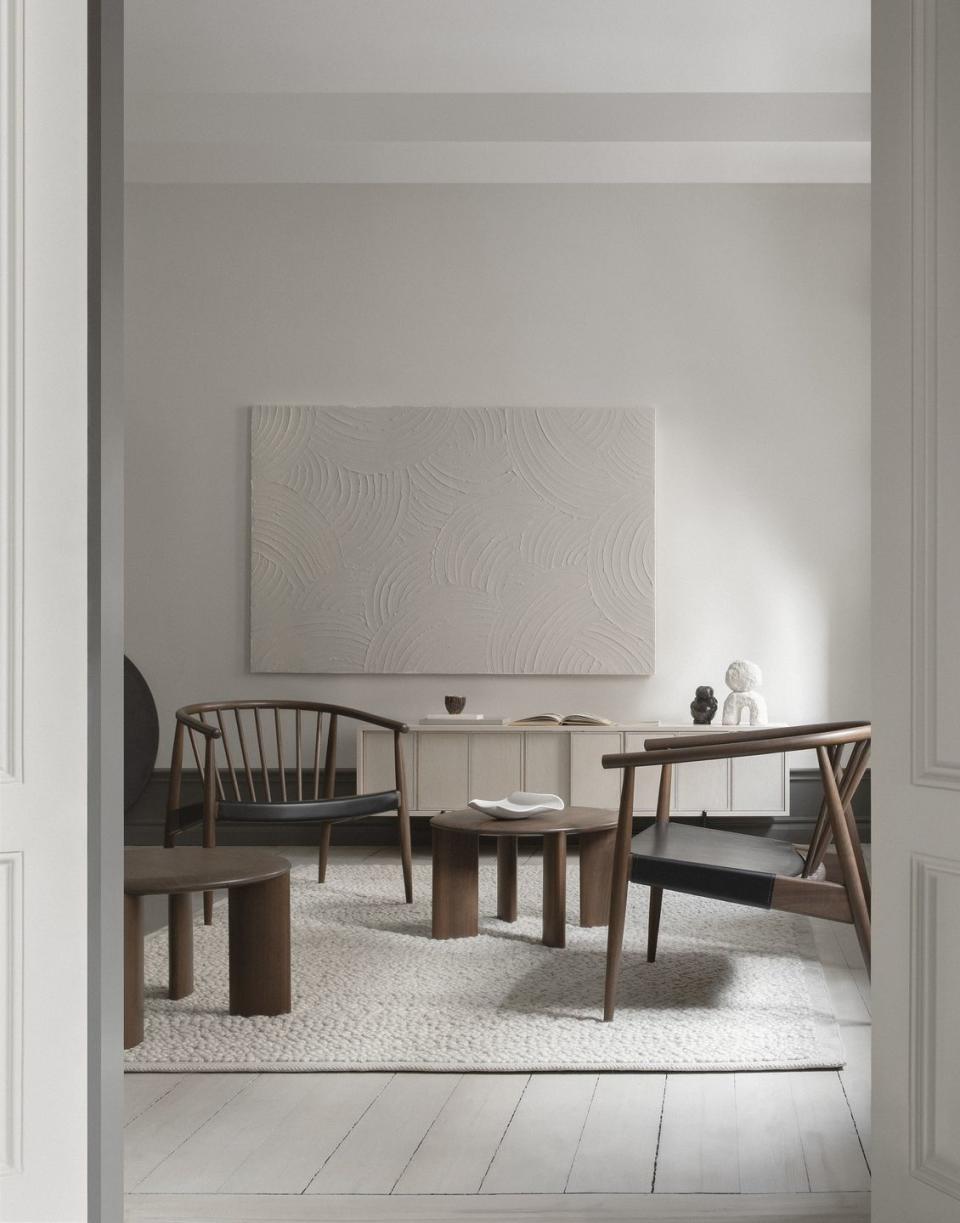
Lucian R Ercolani was blessed with both a head for business and an eye for design. It was during the war effort, when his factory was churning out 25,000 tent pegs a day, that he was struck by an inspired idea. ‘He thought, if you’re making that many tent pegs, you can probably do a couple of thousand chair legs a day using machines, and he worked out how to scale up the making of parts,’ says Tadros.
This revolutionary way of working called for equally modern designs that captured the mood of post-war Britain, and so followed a period in which Ercol’s most recognisable and popular pieces were born, from the ‘Windsor’ chairs of the mid-1940s, to the ‘Studio Couch’ some 10 years later.
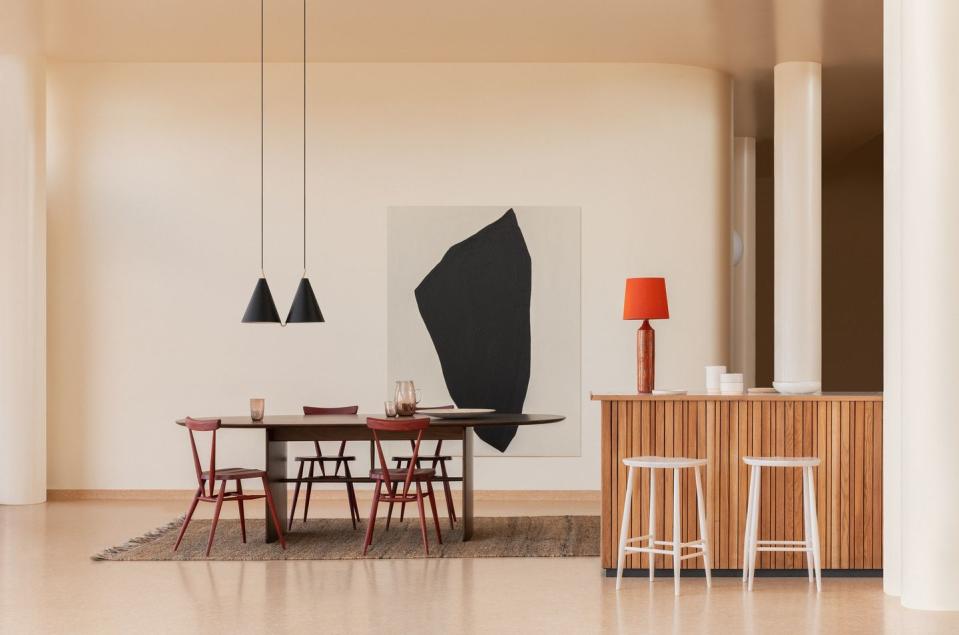
With such a rich back catalogue of designs at its disposal, it would be all too easy for L.Ercolani to rest entirely on Lucian’s designs, but that wouldn’t be true to the Ercol founder’s forward-thinking spirit, says Tadros.
Instead, the new brand has worked with fresh talent to build a collection that’s infused with the L.Ercolani DNA – Tadros points to Norm Architects’ ‘Pennon Table’ and Lars Beller Fjetland’s ‘IO’ series of tables as prime examples. They have, he says, ‘a very simple, minimal look and that weighty feeling of the craftsmanship that’s gone into them’.
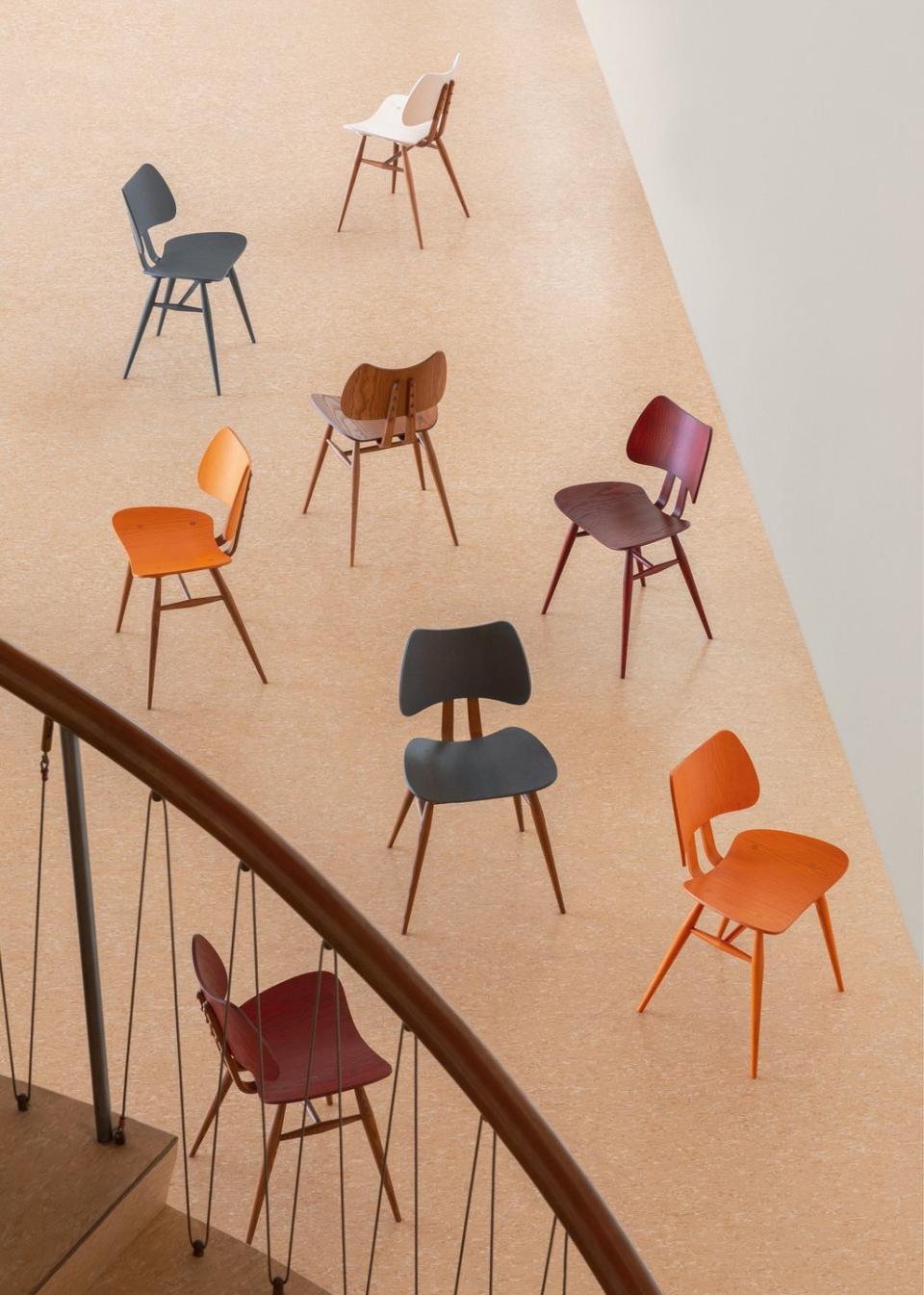
Just as integral to the identity of the budding brand is Copenhagen-based creative director (and art director of Kinfolk magazine) Christian Møller Andersen, who has developed its look and feel. He’s also behind this year’s new ‘Modern Tones’ palette of earthy yet vivid stained finishes, which give pieces a contemporary update.
Next year brings a launch with New York studio Egg Collective: ‘They like the approach we have to materials and craftsmanship, and being able to show off the quality of those things in a piece of furniture.’ Indeed, there must be a queue of designers eager to work with a brand so beloved – and one that boasts its own state-of-the-art facilities to boot. ‘We’re lucky – a lot of the time with other brands, the manufacturing facility isn’t in-house so there’s a bit of a disconnect and it can be difficult to sample and develop pieces,’ agrees Tadros.
At its factory in Princes Risborough, Lucian R Ercolani’s ingenious model of combining traditional furniture-making techniques – wedge and tenon joints, steam bending, dovetail joints – with mass-produced components is still at the heart of its manufacturing, albeit with more sophisticated technology.
Some 10 CNC (computer numerical controlled) machines make parts with unparalleled precision, leaving the construction and fine finishing to the skilled makers in the assembly workshop. ‘I think we make the pieces to a much higher standard than we did back [in the 50s] because of the advances in technology, and also because now we’ve got people who have been making furniture for us for 30, 40 years,’ notes Tadros.
So, what would Lucian make of L.Ercolani? ‘I think he’d be very proud. We’re making useful, modern designs of high quality, and I think he’d appreciate that.’ lercolani.com


